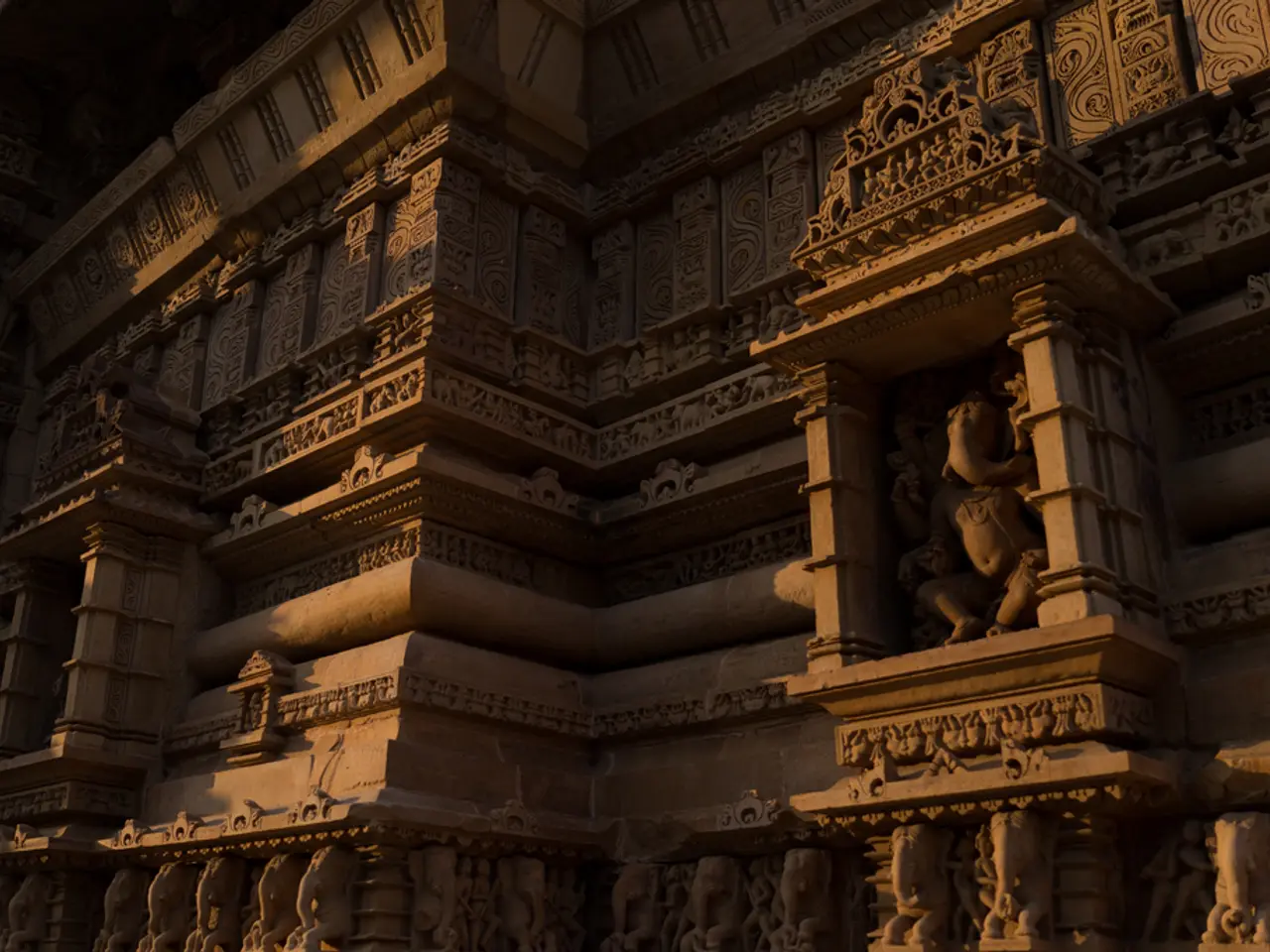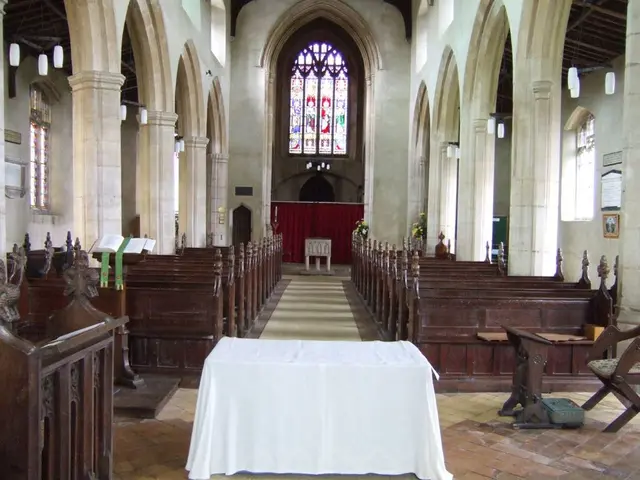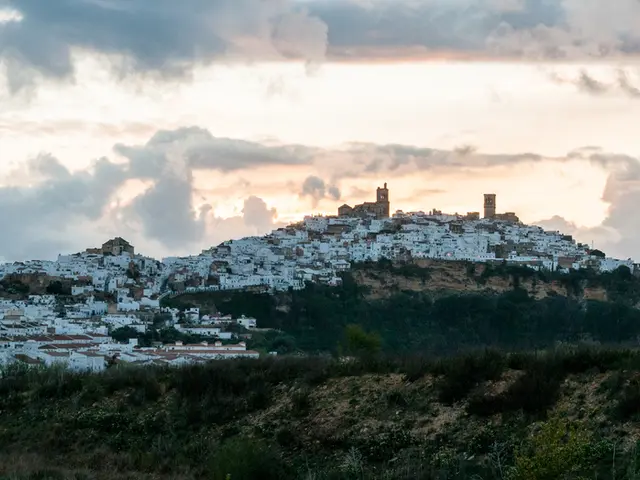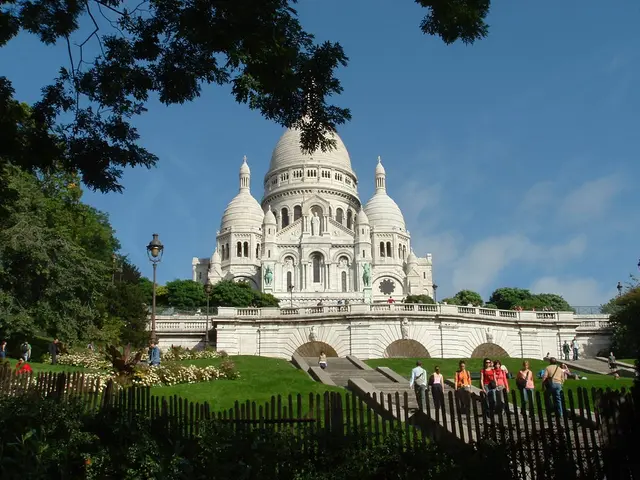Ancient Ruins and an Untouched Museum of Previously Unseen Artifacts Populate This Sicilian Island
Motya, also known as Mozia or Mothia, is a captivating island off the coast of Sicily that boasts a rich Phoenician history dating back to the 8th century BC. Situated off the west coast of Sicily, this small yet significant island was originally founded by Phoenician settlers as a thriving port and fortress.
**A Historical Stronghold**
In its prime, Motya was a key commercial and military hub, playing a significant role in the conflicts between Phoenicians (and later Carthaginians) and the Greeks. The island's strategic position made it an important military and trading outpost in the western Mediterranean.
Motya was heavily fortified and served as a crucial Carthaginian stronghold. However, it was eventually destroyed in warfare, leaving behind significant archeological remains that reveal its past prominence.
**Archaeological Treasures and the Whitaker Museum**
Today, Motya is an archaeological treasure trove with well-preserved ruins of the ancient Phoenician city, including defensive walls, houses, and sacred areas. Visitors can explore the ruins using footpaths, with informational signs providing historical context.
The Museo Whitaker on the island houses a large collection of artifacts uncovered from Motya, including the famous "Youth of Motya" sculpture, a significant archaic Greek statue discovered in 1979. The museum and the site offer a serene, historical experience that has impressed visitors with its rich heritage and well-preserved finds.
**Exploring Motya**
The island covers 45 hectares and its landscape resembles an ancient version of the Île de Ré. Motya can be explored on foot in less than two hours, making it an ideal destination for history enthusiasts and nature lovers.
Outside the archaeological site, Motya features salt marshes, flamingos in the lagoon, and restored windmills. Access to Motya is possible by boat or via a small submerged bridge at low tide, adding to the island's unique charm.
**Best Time to Visit**
The island and the archaeological sites are best visited in the late spring to early autumn months, with warm weather making the ferry trip and exploration pleasant. Since Motya is reached by boat from Marsala and nearby salt flats, visiting in clear weather months (April to October) offers the best experience for sightseeing and photography. Summer months may be busier with tourists, so visiting in late spring or early autumn might provide a more peaceful experience.
In conclusion, Motya is a historically significant Phoenician island off Sicily with outstanding archaeological remains and a renowned museum. It offers unique insights into ancient Mediterranean civilizations and is best visited in the warmer months for a full appreciation of its cultural and natural beauty. Whether you're an archaeology enthusiast or a nature lover, Motya is an ideal destination that promises to leave you in awe of its rich heritage.
During a visit to Motya, one can explore the well-preserved Phoenician ruins and subsequently delve deeper into the island's history at the Whitaker Museum, showcasing artifacts and the famed "Youth of Motya" sculpture. For those seeking tranquility and a touch of culture, Motya's charming lifestyle, combining archaeological treasures with home-and-garden landscapes, makes for an enchanting travel destination, especially in the late spring to early autumn when the weather is ideal for exploration and appreciation of the island's unique beauty.




